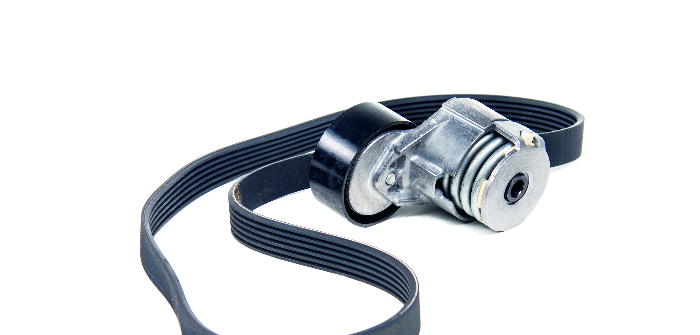The bits inside an internal-combustion engine will keep going fizz, whiz and bang for as long as I’ll be around, I suspect.
There’s not much point in calling the things ‘internal combustion’ engines if stuff doesn’t combust inside them anymore. It’d be like having a scripted reality television show or Cadbury Dairy Milk chocolate with almost no milk and almost no chocolate, or a Formula 1 championship with contrived overtaking. It just wouldn’t be authentic.
So, as far as I can tell from the engineers around the world I talk to, that bit inside is safe. Nobody’s talking about square or oval cylinders, nobody’s talking (much) about rotary valves and nobody (outside a certain asylum in Hiroshima) talks about rotary engines saving the planet.
It might be that someone comes up with a bore liner even slipperier than nanoslide, or that there’ll be some wacky piston design come out or an even wackier conrod concept, but the basics of a chamber where stuff ignites and pushes something aren’t open to negotiation. Everything else is, though. And one thing we might be saying goodbye to is the fanbelt. Fanbelts once played a proud and noble role, dignified in their single-plane of operation, to simply keep the engine brimming with freshly cooled thermal bait.
They were heady days for the fanbelt. Everybody, from the most Luddite executive to the most domesticated of housewives, knew what a fanbelt was and everybody knew where to find a new one when the things inevitably failed.
My dad always carried a spare fanbelt (and spare spark plugs, a points file, a distributor rotor and, and, and), and so did any right-minded family patriarch. For all their fame, it was amazing how often they failed. The only reason it made sense to me, though, was because nobody was much into belt-driven bicycles or motorbikes in the 1970s.
Any trip into the Outback meant at least two or three spare fanbelts. I’ve seen my own father adopt the mythical method of using women’s pantyhose as a replacement. Dad said they were there for just such an emergency, but I was never convinced.
Aside from being just a bit weird, the other thing about the pantyhose trick they don’t tell you is that it only works for about 5km. Where I lived, 5km only got you further away from the middle of nothing, so it wasn’t much help.
Dad even experimented, on long drives, with taking the fan off altogether, relying on the sustained airflow to keep things going. He did this because someone (never knew who, but even to a kid it seemed a dim concept) told him it would improve his fuel economy, what with the fanbelt driving both the water circuit and the fan. Surely just one would do. Didn’t end either well or badly, surprisingly, but the fuel economy benefits were as obvious as wheel alignments on shopping carts.
Then fanbelts went all serpentine and lost their spiritual purity. Lost their simplicity, too, and good luck finding any average guy capable of negotiating lingerie around the ludicrous array of pulleys on a late-1980s Ford Falcon, with air-conditioning and power steering.
It feels like late-1960s rock-and-roll all over again, that phase where everybody went electric while Johnny Cash was in prison (as a guest, not as a guest), thereby inventing modern country music. Or something like that.
On most top-end cars (and therefore, soon, the rest), the water pump, the main job of the fanbelt, has gone electric. The fan itself has gone electric. The oil pumps are electric and on demand, and so are the power-steering pump and air-conditioning compressor. Benz’s new in-line six has the integrated starter/generator, so that’s another thing that doesn’t need crank power to be spun.
It’s really kind of sad. And whenever I see a pair of pantyhose in dad’s car, I can’t look him in the eye anymore, because unless he’s robbing a bank (and most robbers move with more haste than him), he’s all out of excuses


